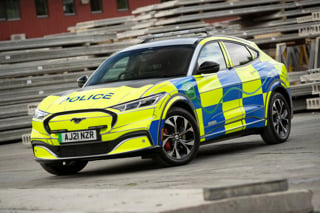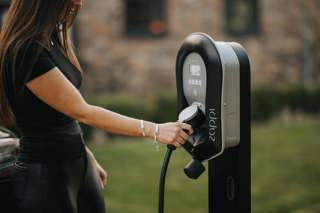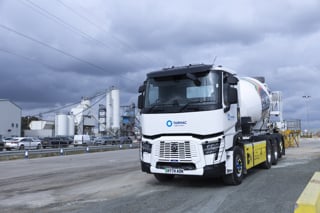
Fleet FAQ
Q:
What are the most efficient electric vehicles (EVs)?
A:
Manufacturer advertising is always a good reflection of what is important to potential customers, and with battery electric vehicles (BEVs), the focus is overwhelmingly on range, not efficiency.
This is in contrast to internal combustion engine (ICE) vehicles, where the spotlight is consistently on efficiency and rarely on how far they can travel on a tank of fuel.
But why is this? The lower range of BEVs compared with that of a petrol or diesel vehicle is the key, said a spokesman at Dundee City Council.
“Until BEV range becomes comparable with that of an ICE vehicle, people will always regard this as a limitation because they are used to and expect a 300-mile range from their vehicle,” he says.
The lower range of a BEV means it needs to be ‘refuelled’ more often than a petrol or diesel vehicle and, as it takes longer to charge a BEV than fill up an ICE as well as there being a less comprehensive fuelling network, this increases the risk of vehicle off-time at potentially inconvenient moments.
“Battery technology advancements will increase BEV range over the next few years to make them more comparable with ICE vehicles,” said the spokesman.
“At this point, efficiency will return to being a major factor and more understanding of what BEV vehicles require to deliver them.
“Energy distribution knowledge for your BEV will become the norm.”
For fleets, the efficiency of vehicles is ultimately more important than range when considering total cost of operation models, as it allows them to accurately compare BEV running costs.
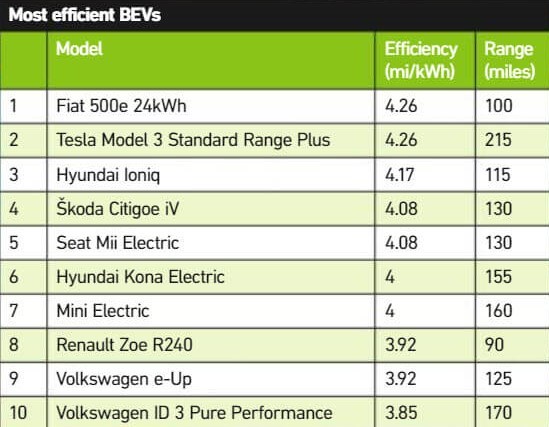
*Data accurate as of April 2022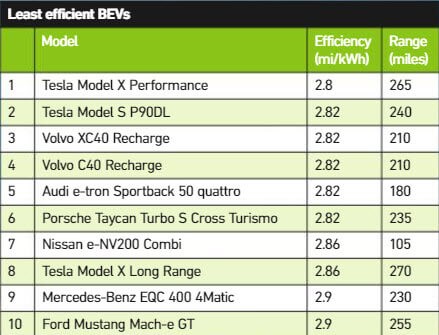
*Data accurate as of April 2022
> Interested in comparing electric vehicle data? Check out our EV tool.
> Interested in ensuring the efficient use of EVs. Check out our dedicated editorial sections: Insight & policy | EV news | Charging & infrastructure | Costs & incentives | Benefit-in-kind | EV case studies | EV road tests
> EVs by price: lowest to highest


